 W
WPoaceae or Gramineae is a large and nearly ubiquitous family of monocotyledonous flowering plants known as grasses. It includes the cereal grasses, bamboos and the grasses of natural grassland and species cultivated in lawns and pasture. The latter are commonly referred to collectively as grass.
 W
WOrnamental grasses are grasses grown as ornamental plants. Ornamental grasses are popular in many colder hardiness zones for their resilience to cold temperatures and aesthetic value throughout fall and winter seasons.
 W
WGrasslands are areas where the vegetation is dominated by grasses (Poaceae). However, sedge (Cyperaceae) and rush (Juncaceae) can also be found along with variable proportions of legumes, like clover, and other herbs. Grasslands occur naturally on all continents except Antarctica and are found in most ecoregions of the Earth. Furthermore, grasslands are one of the largest biomes on earth and dominate the landscape worldwide. They cover 31-43% of the earth's surface. There are different types of grasslands: natural grasslands, semi-natural grasslands, and agricultural grasslands.
 W
WAgrostology, sometimes graminology, is the scientific study of the grasses. The grasslike species of the sedge family (Cyperaceae), the rush family (Juncaceae), and the bulrush or cattail family (Typhaceae) are often included with the true grasses in the category of graminoid, although strictly speaking these are not included within the study of agrostology. In contrast to the word graminoid, the words gramineous and graminaceous are normally used to mean "of, or relating to, the true grasses (Poaceae)".
 W
WAgrostology, sometimes graminology, is the scientific study of the grasses. The grasslike species of the sedge family (Cyperaceae), the rush family (Juncaceae), and the bulrush or cattail family (Typhaceae) are often included with the true grasses in the category of graminoid, although strictly speaking these are not included within the study of agrostology. In contrast to the word graminoid, the words gramineous and graminaceous are normally used to mean "of, or relating to, the true grasses (Poaceae)".
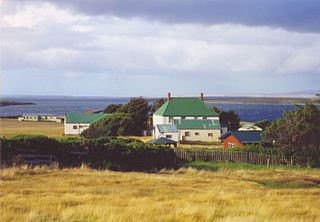 W
WTussock grasses or bunch grasses are a group of grass species in the family Poaceae. They usually grow as singular plants in clumps, tufts, hummocks, or bunches, rather than forming a sod or lawn, in meadows, grasslands, and prairies. As perennial plants, most species live more than one season. Tussock grasses are often found as forage in pastures and ornamental grasses in gardens.
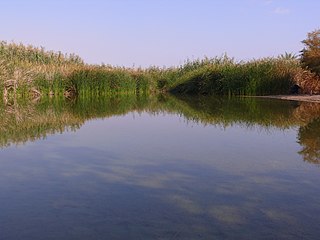 W
WA canebrake or canebreak is a thicket of any of a variety of Arundinaria grasses: A. gigantea, A. tecta and A. appalachiana. As a bamboo, these giant grasses grow in thickets up to 24 ft tall. A. gigantea is generally found in stream valleys and ravines throughout the southeastern US. A. tecta is a smaller stature species found on the Atlantic and Gulf Coastal Plains. Finally, A. appalachiana is found in more upland areas at the southern end of the Appalachian mountains.
 W
WA foxtail is a spikelet or cluster of a grass, that serves to disperse its seeds as a unit. Thus, the foxtail is a type of diaspore or plant dispersal unit. Some grasses that produce a foxtail are themselves called "foxtail", also "spear grass". They can become a health hazard for dogs and other domestic animals, and a nuisance for people.
 W
WGrass climbing is a type of climbing in which, unlike rock climbing, the climber has to scale very steep grass mountainsides, through which the underlying rock protrudes in places.
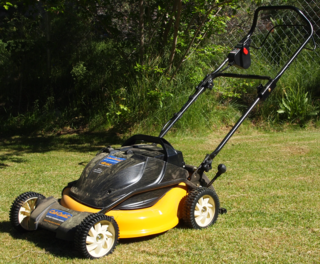 W
WGrasscycling is a method of handling grass clippings by leaving them to decompose on the lawn when mowing. The term combines "grass" and "recycling", and had come into use by at least 1990 as part of the push to reduce the huge quantities of clippings going into landfills, up to half of some cities' summertime waste flow, as 1,000 square feet of lawn can produce 200 to 500 pounds of clippings a year.
 W
WThe true grasses (Poaceae) are one of the largest plant families, with around 12,000 species and roughly 800 genera. They contain, among others, the cereal crop species and other plants of economic importance, such as the bamboos, and several important weeds.
 W
WSTRI, formerly the Sports Turf Research Institute, is a global design and consultancy specialist for the development of elite standard sports surfaces, based in St Ives, Bingley, West Yorkshire, England. Providing advice and expertise on the research, design, construction and management of both natural and artificial sports fields of play across the world.
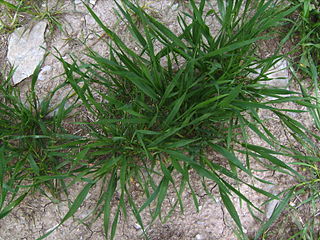 W
WA tiller is a stem produced by grass plants, and refers to all shoots that grow after the initial parent shoot grows from a seed. Tillers are segmented, each segment possessing its own two-part leaf. They are involved in vegetative propagation and, in some cases, also seed production.
 W
WTussock grasses or bunch grasses are a group of grass species in the family Poaceae. They usually grow as singular plants in clumps, tufts, hummocks, or bunches, rather than forming a sod or lawn, in meadows, grasslands, and prairies. As perennial plants, most species live more than one season. Tussock grasses are often found as forage in pastures and ornamental grasses in gardens.
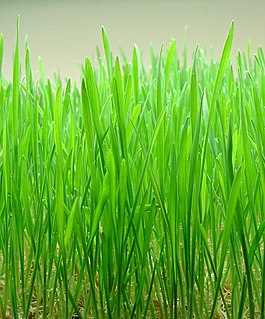 W
WWheatgrass is the freshly sprouted first leaves of the common wheat plant, used as a food, drink, or dietary supplement. Wheatgrass is served freeze dried or fresh, and so it differs from wheat malt, which is convectively dried. Wheatgrass is allowed to grow longer and taller than wheat malt.